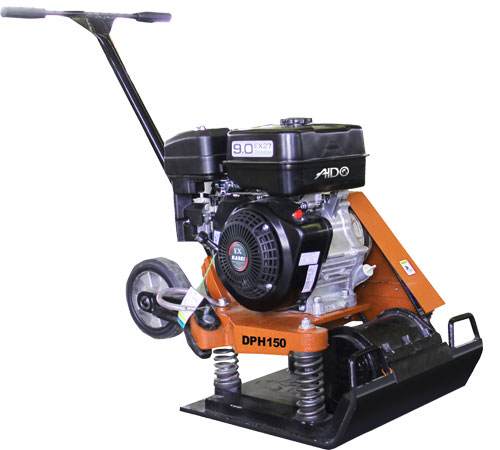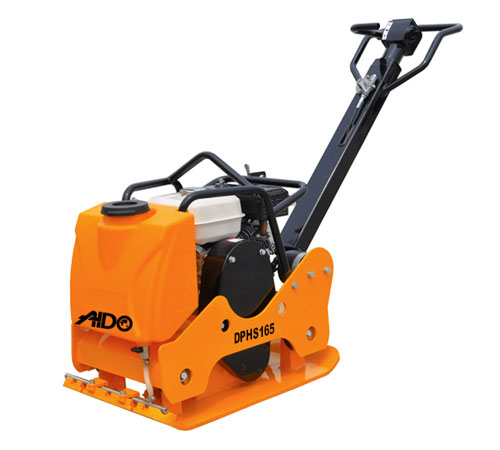When you are undertaking any sort of construction project, it is often necessary to create a solid foundation before commencing work on any required structure. It holds good for buildings, roads, drains, manholes, and others. Every structure will require some excavation to base the foundation on, and this leaves the soil disturbed and full of cavities, and make the soil lose its original bearing capacity. Aido Company has various compaction machine for sale.

This problem can be overcome through the use of proper compacting tools. These can vary from tamping rammers with engines, vibratory plate compactors or light rollers. Tamping rammers are useful for small jobs, while rollers(https://aidogroup.com/road-roller-for-sale/) are more useful where large areas need to be consolidated. Plate compactors are great options, especially for soil that is granular, or soil with dirt, gravel, and sand. Plate compactors have heavy plates that can vary from a small 15 inches by 15 inches to the larger plates that can measure a couple of feet. Engines are mounted on to these plates to provide the necessary vibration that allows the plate to compact soil. The vibrations per minute that the plate will have is another factor that determines the efficiency of its working. The engines are connected to the plate through cams that impart the necessary eccentricity that translates into vibrations. Lower eccentricities work well for cohesive soils, while machines with higher vibrations per minute will be used where asphalt or granular materials need to be consolidated.
The entire assembly of plate and engine is controlled through handles that an operator has to use to direct the compactor on the area that needs consolidation. Switches can also be on the handle to control the functioning of the engine. Handles are adjustable and padded to ensure operator comfort. Plate compactors can generate 3000 pounds of centrifugal force and the steel plates that transfer these forces are heavy, thus adding to the compaction attained by a plate compactor. Plates may be flat or curved and may also at times be made from cast iron.
Plate compactors will move in one direction, but models are also available that can be reversed and reduce any need to turn the compactor, so that passes can be made back and forth over the same area till the required degree of consolidation is achieved. Compactors have a fixed speed of travel. Before choosing the right plate compactor, you must assess the area that requires compaction, the weight that you need for achieving the required compaction, the required vibration, and the travel speed. The vibration has a direct relation to the force that will be generated by the plate when it is compacting material.
It is important that the plate compactor has a proper throttle control positioned close to the engine. It is best if this throttle is mounted on the handles. Plate compactors are heavy pieces of equipment and are more easily handled and carried if they have built-in hoist hooks. Some of them also come with wheel kits that allow the compactor to move easily from a store to the worksite.

